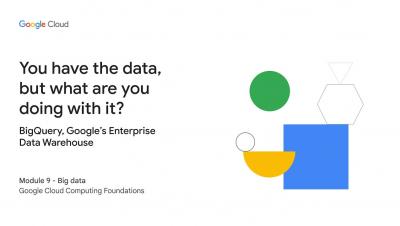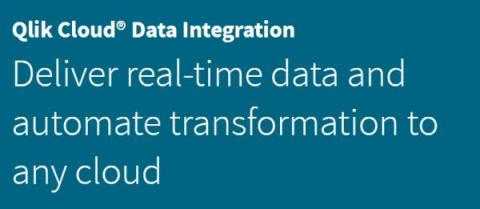Become a Financial Storyteller
Financial statements tell an important story, but they rarely tell the entire story. It often requires a sharp eye and a healthy measure of experience to elicit meaningful information from the numbers. Even people with keen financial acumen will have questions, and they can easily overlook important realities that lay buried somewhere within the details. For those with less experience reading financial reports, this task is far more difficult.











